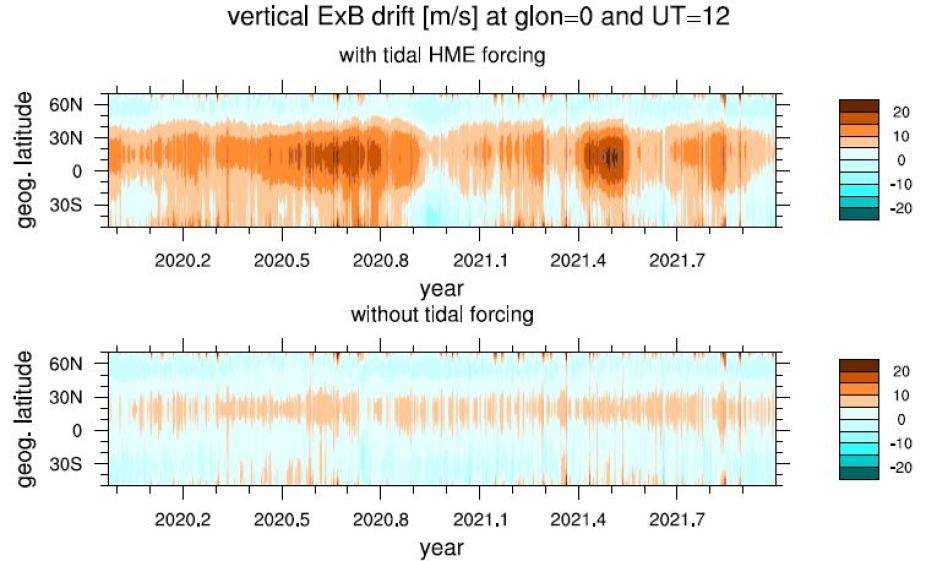The two-year prime mission of the NASA Ionospheric Connection Explorer (ICON) is complete. The baseline operational and scientific objectives have been met and exceeded, as detailed in this report. In October of 2019, ICON was launched into an orbit that provides its instruments the capability to provide near-continuous measurements of the densest plasma in Earth's space environment. Through collection of a key set of in-situ and remote sensing measurements that are, by virtue of a detailed mission design, uniquely comparable, ICON provides for new investigations of the mechanisms that control the behavior of the ionosphere-thermosphere system under both geomagnetically quiet and active conditions. In a two-year period that included a deep solar minimum, ICON has elucidated a number of remarkable effects of influences of the lower and middle atmosphere in the ionosphere. The observatory is now moving into a period of elevated solar activity that will dramatically rebalance the impacts of lower and upper atmospheric drivers on the ionosphere.

TIEGCM vertical ExB drift over the 2 year period at the top with lower atmospheric tidal forcing at the TIEGCM lower boundary based on ICON observations and bottom with no tidal forcing at the lower boundary.